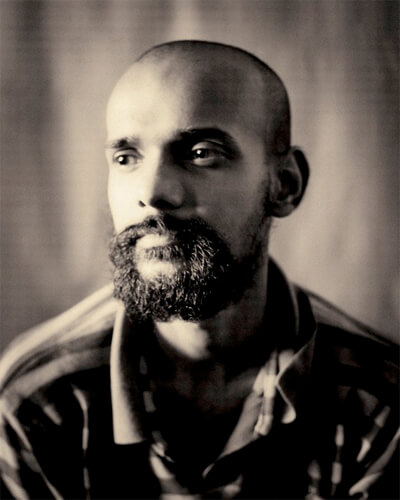Rasel Chowdhury is a documentary photographer. Rasel started photography without a conscious plan, eventually became addicted and decided to document spaces in and around his birth place, Bangladesh. He obtained his graduation in photography from Pathshala, South Asian Media Institute, and in due course, he found the changing landscapes and environmental issues as two extremely important subjects to document in his generation. Rasel started documenting a dyeing river Buriganga, a dying city Sonargaon and newly transformed spaces around Bangladesh railway to explore the change of the environment, unplanned urban structures and the new form of landscapes. During the same time, he started developing his own visual expression as a landscape photographer to address his subjects with a distinctive look.
All about Rasel Chowdhury:AAP: When did you realize you wanted to be a photographer?In 2007, when I dropped my moot study (ACCA). Before that Photography was my hobby.
AAP: Where did you study photography?I studied photography at Pathshala, South Asian Media Institute.
AAP:Do you have a mentor or role model?Yes, Munem Wasif is my mentor who works in Agency VU. And Jemie Penney was my one of mentor from Getty Image when I was selected for the Getty Image Emerging Talent Award in 2012.
AAP: Do you remember your first shot? What was it?Yes, I was 6-7 years old. I got a Yashick Auto camera from my father and I took my teacher’s photo by first click. Still I’ve that film in my archive.
AAP: What or who inspires you?So many people specially my Family member and friends.
AAP: How could you describe your style?I always like calm and quite frame with special faded tone and less contrast.
AAP: Do you have a favorite photograph or series?Many, like The Ballad of Sexual Dependence by Nan Goldin, The Americans by Robert Frank and so on.
AAP: What kind of gear do you use? Camera, lens, digital, film?Mostly, I shoot on 35mm film camera and then I crop as 6X7.
AAP: Do you spend a lot of time editing your images? For what purpose?Not so much.
AAP: What are your projects?Desperate Urbanization, Railway Longing, Life on Water and No Money, No Deal.
AAP: Favorite(s) photographer(s)?Lot of photographers like Richard Avedon, Alec Soth, Nadav Kander, Dayanita Singh, Munem Wasif, Antoine D’Agata and so many.
AAP: What advice would you give a young photographer?Find your strength and believe in it.
AAP: What mistake should a young photographer avoid?Don’t be hurry. Be honest.
AAP: An idea, a sentence, a project you would like to share?Desperate Urbanization- a story about dying river.
AAP: Your best memory as a photographer?When I shot at Old People Home in Niort, France.
AAP: Your favorite photo book?Lots of photo books like Under The Banyan Tree, Belongings, Anticrops and so on.
AAP: Anything else you would like to share?Twelve significant photographs in any one-year is a good crop - Ansel Adams.
